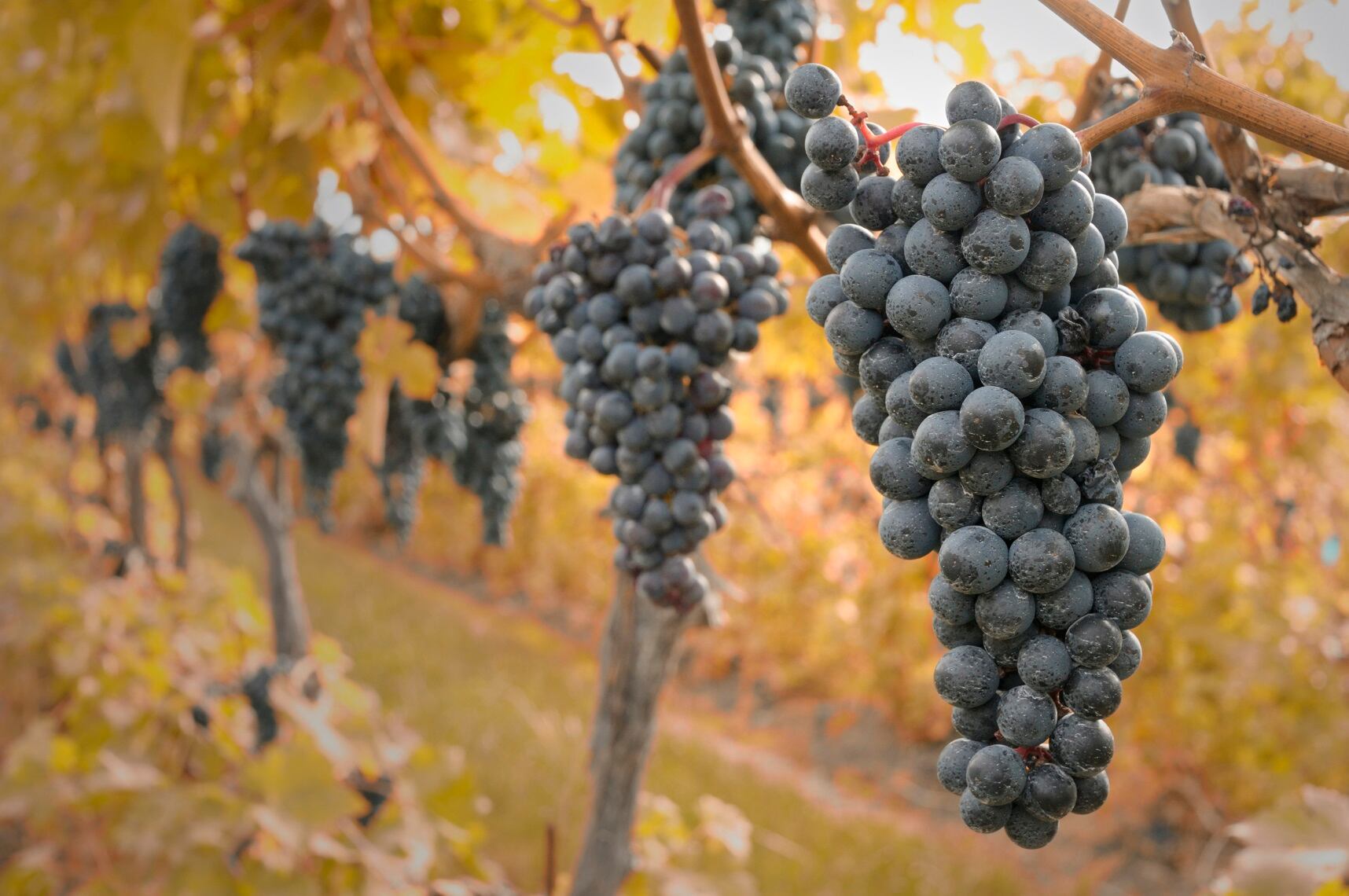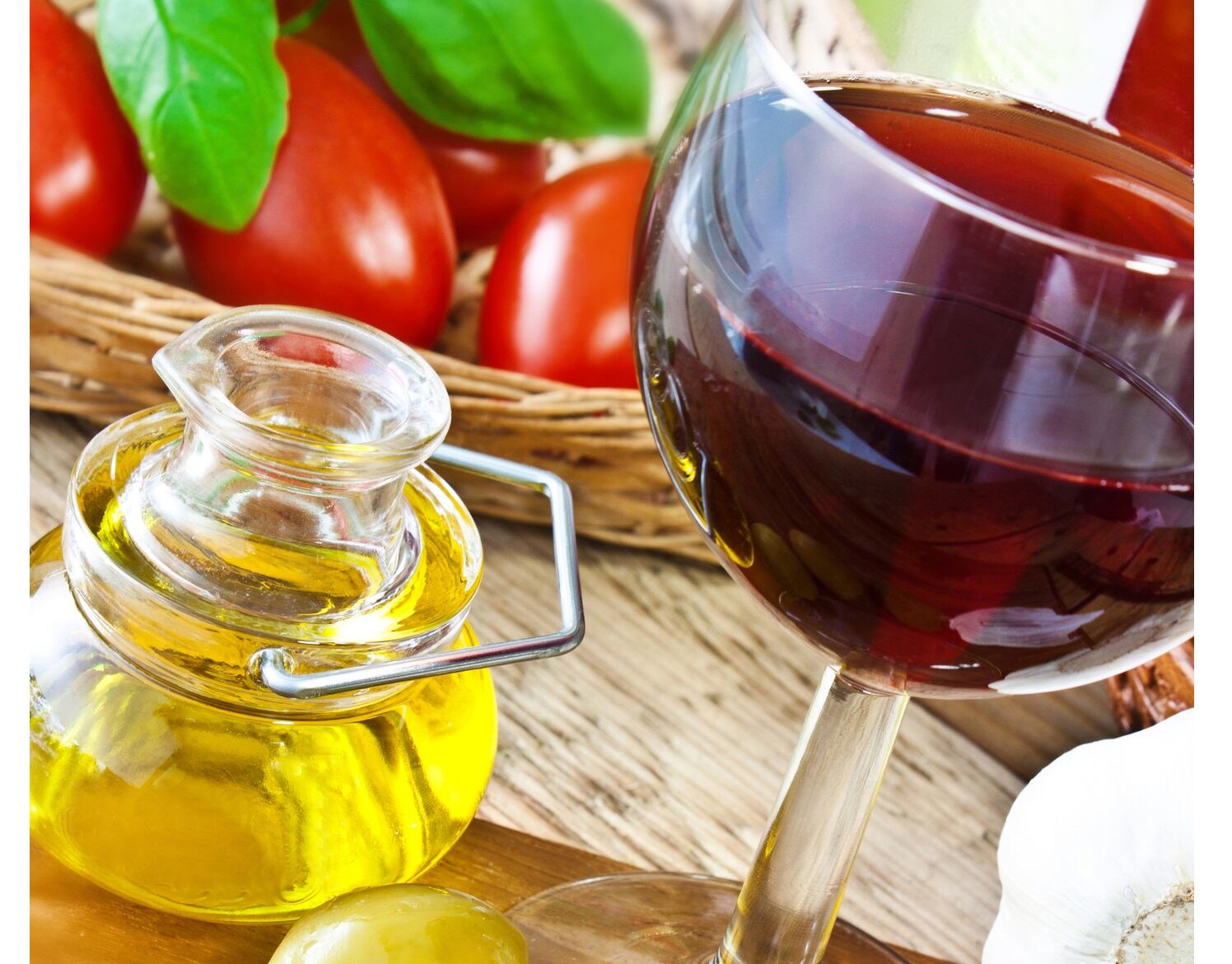Water could become ‘the most important discussion topic’ in the year ahead, depending on the amount of rain and snow the West receives in the winter and spring of 2022, according to its State of the US Wine Industry 2022 report.
Lack of confidence in long-term water supplies
2021 saw record low soil moisture: resulting in a light California harvest despite an ideal growing season for most regions in the West.
Drought in California has been an issue for years, but now the extended drought has caused soil moisture to fall to levels that impact yields.
“This hasn’t impacted everyone equally because some growers have access to water,” noted report author Rob McMillan, EVP and founder Silicon Valley Bank Wine Division.
“But in 2021, California water managers made unprecedented cuts to allocations, shutting down access to some water sources for growers. Other growers ran out of water in holding ponds while some lost their wells.”
Only 2% of wineries responding to SVB’s survey said they were confident they had abundant water sources, while 43% said they were very concerned about the potential for serious shortages.
Expanding problem
While the San Joaquin Valley has dealt with restrictive water allocations for some time, the circle is expanding.
“This isn’t a short-term problem," said McMillan. "The mountains and drainage basins in the West, including the Sierra Nevadas and Colorado River Basin, are dealing with warmer storms that bring less snow. In 2021, the April snowpack in California measured in respectably at 59% of normal, but of the runoff that followed, only 20% made it to the streams and lakes while the rest soaked into the dry soils or evaporated.
“In prior drought years, when we hit points of low soil moisture, growers could irrigate and get a full yield. With this current drought, as of early December 2021, the reservoirs were 35.7% full in California.
“While Seattle and Portland had heavy rain in the fall of 2021, California had one promising early storm in mid-October, followed by several more in December. But for California to restore reservoir levels, abnormally high levels of rain would have to fall well into 2022.”
Insurance proves complicated for vineyards and wineries
Meanwhile, a knock-on effect of climate impacts are the cost to obtain insurance, which has become a ‘critical issue’ for the wine industry when it comes to wildfire coverage, says the report.
Given the billions lost to wildfires over the past several years in the West, insurance companies have been applying new risk mitigation measures and using technology to update wildfire risk maps. New risk definitions incorporate a number of variables, such as past fires, elevation, and vegetation levels.
Over 70% of wineries of those surveyed this year said their insurance costs increased. In fact, 8% of respondents were unable to obtain insurance in 2021, and another 27% said they couldn’t obtain sufficient coverage.
“This situation puts winery owners in a position to lose everything and impacts their ability to get loans to run their business,” notes the report.
The California FAIR Plan does provide basic fire insurance coverage for high-risk properties when traditional insurance will not, but has a limit.




